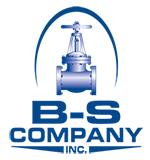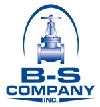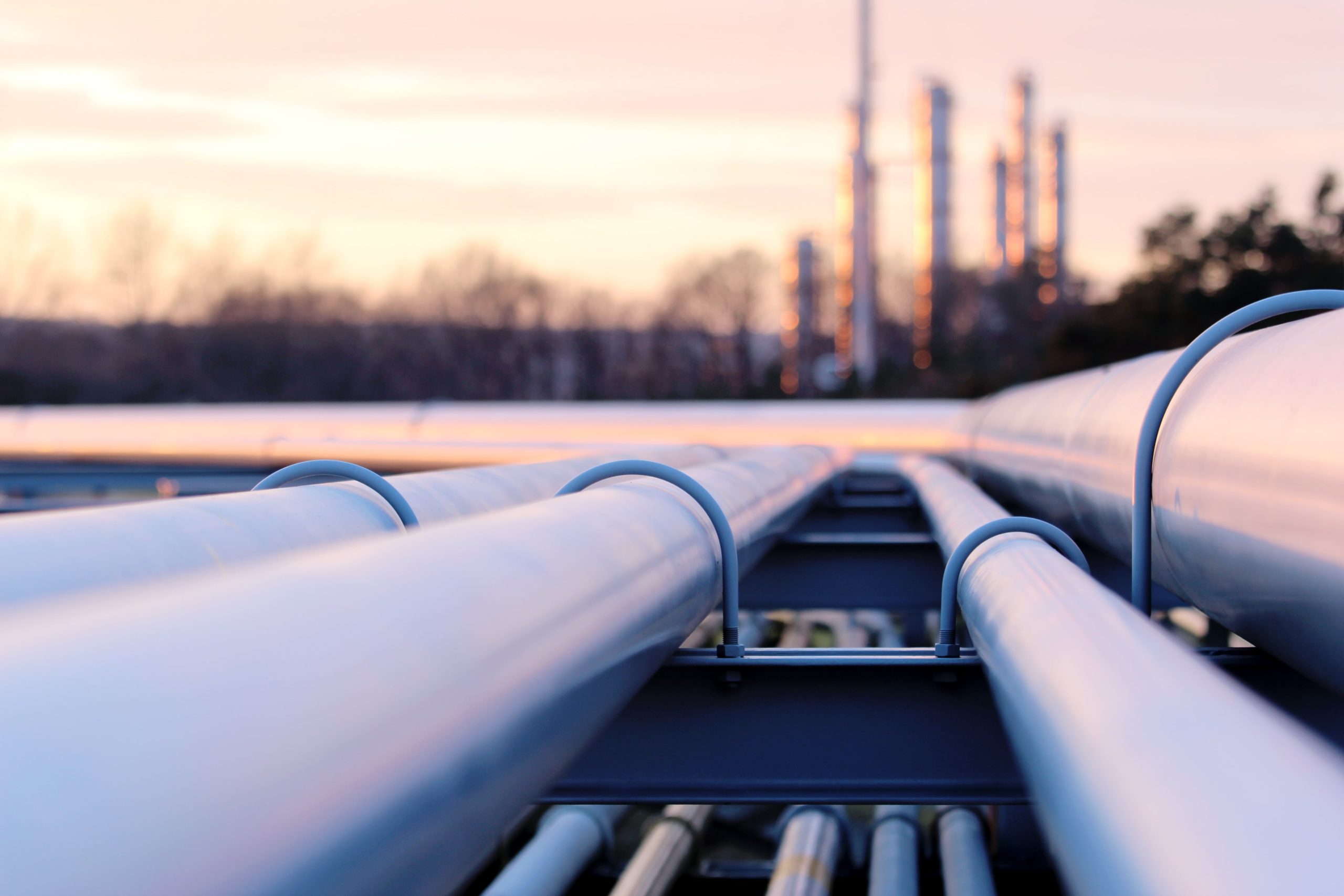BS Company is a supplier of both primary and secondary structural steel pipe. Although these two products are very similar, they have very distinct uses due to their differences in quality. This article explains what these two types of structural pipe are and how they can be used optimally.
What is structural steel pipe?
Structural steel pipe, whether primary or secondary, is steel which is fabricated in tubular form for use in construction. It comes in many gauges, lengths, types and thicknesses for a variety of applications. To be classified as primary steel piping, it needs to meet all steel manufacturing standards and pass all the relevant tests. These standards are set by the American Society for Testing and Materials (ASTM) and are updated and republished every year.
The quality control processes used in the production of steel are multifaceted, with fabricated steel pipes undergoing testing on many different levels. First, metallurgists test its composition. A sample of the steel is taken and tested to determine its make-up, i.e., the proportions of ferrite, graphite, pearlite, cementite, and austenite and other compounds. The microstructure of the steel helps to give us an idea of how the final product will behave under certain conditions.
Aside from metallurgical testing, the pipe is also put through mechanical tests to determine a long list of physical qualities, including hardness, hardenability, tension, ductility, compression, fatigue, impact, corrosion, machinability and more. Only when the steel pipe passes these tests in accordance with the ASTM standards can it be considered primary structural steel.
Steel that does not pass these tests is not necessarily unusable. It is simply limited in its uses. This category of steel pipe includes new material that has not been manufactured to full ASTM standards or has been left over from building projects (referred to as “Limited Use”, or “Secondary” pipe), often, surplus pipe can be described as second-hand if you like – that can be recycled. Both are referred to as secondary steel pipe.
Both primary and secondary pipes have their value and uses, as we will explain.
The uses of primary steel
Primary steel is sold on the primary construction materials market and, having met all the required standards, is safe for a variety of purposes in construction, engineering and transport.
The uses of secondary steel
As already mentioned, there are two kinds of secondary steel: used and new surplus. Used steel pipe has previously been used in a building project and may still be in good condition for reuse. Surplus steel pipe has either been bought for a particular project and then never used, or has been rejected by steel mills for failing to meet all the required standards. It can be found in every grade and type and can be put to many uses in several industries.
Like primary steel, secondary steel is sometimes used for piling, depending on its quality. It is also put to good use in the oil industry for surface casing. These are lines of pipe that are used in oil and gas wells at shallow depths to protect water sands from contamination or to prevent drilling fluids from leaking into the surrounding soil.
It follows then that surplus steel varies in quality from nearly prime to used. Either way, it can’t be sold on the primary market. This means that the secondary steel pipe market offers excellent opportunities to get relatively high-quality products at lower prices.
When it comes to pipelines, secondary steel may be perfectly suitable for most applications. For example, crude oil pipelines operate under conditions of relatively high pressure and are best constructed of primary steel. Gas pipelines, on the other hand, are lower pressure and can be made of surplus steel pipe. In many cases, old high-pressure pipelines that are no longer fit for purpose are being used to run electrical or fiber optic cables. If secondary steel is unusable in these applications, it can be scrapped and recycled for small-scale uses, such as the production of fence posts, sign poles or flagpoles.
About BS Company
B-S Company opened its doors in 1990 at a small 8,000 sq/ft location, “The Office” (below) in Magna, UT. We’re grateful for the growth we’ve seen over the years and now operate three branches, and one manufacturing facility. Our inventory consists of:
- 10,000 + tons of pipe ON THE GROUND! (500 semi truckloads)
- 2,500 + tons of fittings & flanges ON THE GROUND! (125 semi truckloads)
- 10,000 + valves in stock ON THE GROUND
We hold extensive stocks of both primary and secondary steel pipe. For more information, contact BS Company, the leading supplier of structural steel pipe, high yield fittings, and other steel products in Salt Lake City.


